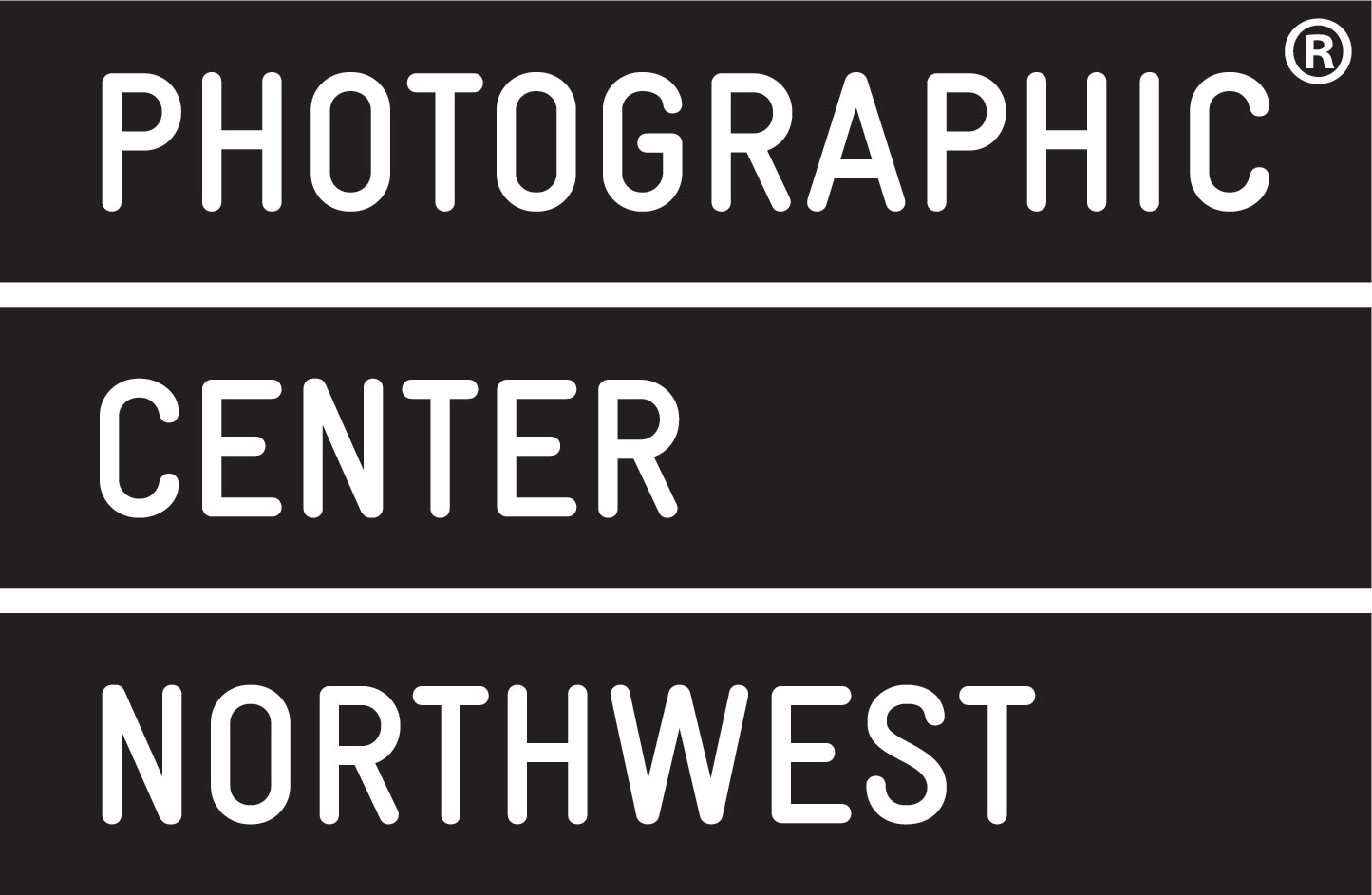SURFACE:
Contemporary Wet Plate Collodion Portraiture
On view: January 5 – February 15, 2012

Artists’ Reception: Thursday, January 12, 6-8 pm
Daniel Carrillo, Robb Kendrick, Jenny Sampson, Joni Sternbach & Ellen Susan
surFACE: Contemporary Wet Plate Collodion Portraiture is an exhibition featuring works by five contemporary artists that bask in 19th Century photographic processes. Represented are wet plate collodion tintypes and ambrotypes which have been set apart throughout history by their mysterious and haunting beauty. These artists each focus their portraiture on unique subjects including artists, cowboys, skaters, surfers and soldiers.
Ellen Susan makes portraits of active-duty members of the United States Army in Savannah, Georgia, using the wet plate collodion process – the primary photographic method of the Civil War era. Susan’s Soldier Portraits intend, in part, to personalize and humanize these individuals sent repeatedly into war zones, in a way that is meant to transcend pro-or-con policy debates. Each sitter has to remain still and concentrate on the picture-making procedure for up to 60 seconds. The resulting intensity of gaze engages viewers in a manner that is distinct from the casually made, ephemeral images that have become so familiar.
Joni Sternbach makes her surfer photographs in tintype, a labor-intensive technique little changed since it’s invention in the 1850s. Posing on rocky outcrops, in front of uprooted trees, or on thick mats of woody flotsam, Sternbach’s surfers inhabit strange landscapes. The best of Sternbach’s photographs convey insistent longing. They are about relationships – the relationship between surfer and board, between human and landscape, between photographer and subject, and between the surfers themselves.
In the minds of many, the cowboy is only icon, myth or legend. However, the award-winning National Geographic photographer, Robb Kendrick, has traveled 14 states in the American West, Mexico and Canada to record this uniquely American lifestyle that not only survives, but flourishes. In Kendrick’s words, “The point of this project has not been to romanticize the cowboy and transport him back to the 19th century, but to document those who carry on the traditions, values and lifestyles that many today would find isolating, lonely or simply too hard.” Kendrick honors the resilience of modern cowboys as they bring traditional ways of living on the land into the twenty-first century. These photos are collected in the book Still: Cowboys at the Start of the 21st Century. The tintype photos made with the wet-plate process are each one of a kind as they are all handmade from start to finish.
Jenny Sampson’s tintypes juxtapose the merging of a 160 year-old photographic process with the contemporary skater culture. Her attraction to skaters grew from a general interest in looking at people and more specifically of skaters as a faction of youth but that clearly defies the boundaries of age. Sampson sets up her view camera and collodion darkroom at the skate park. The skaters tend to perceive her as a passionate artist versus a voyeur which sparks a reciprocal interest. Sampson asks her subjects not to smile, as they must remain still for a long time for a natural-light exposure. There is often a sense of surprise and relief. When they settle into themselves the resulting portraits offer a glimpse into the skaters’ core beings.
Local photographer, Daniel Carrillo, has captured over 100 members of the Seattle area arts community making wet plate collodion ambrotypes. His subjects include local artists, photographers, art critics, gallerists and curators. Seeing this community represented in an age old process is fresh to the mind’s eye. The subjects reveal humility and dignity and utter beauty in many cases. Amongst these local contenders are the revered Jen Graves, Lele Barnett, Jim Demetre, Erin Shafkind & Adrain Chesser.
